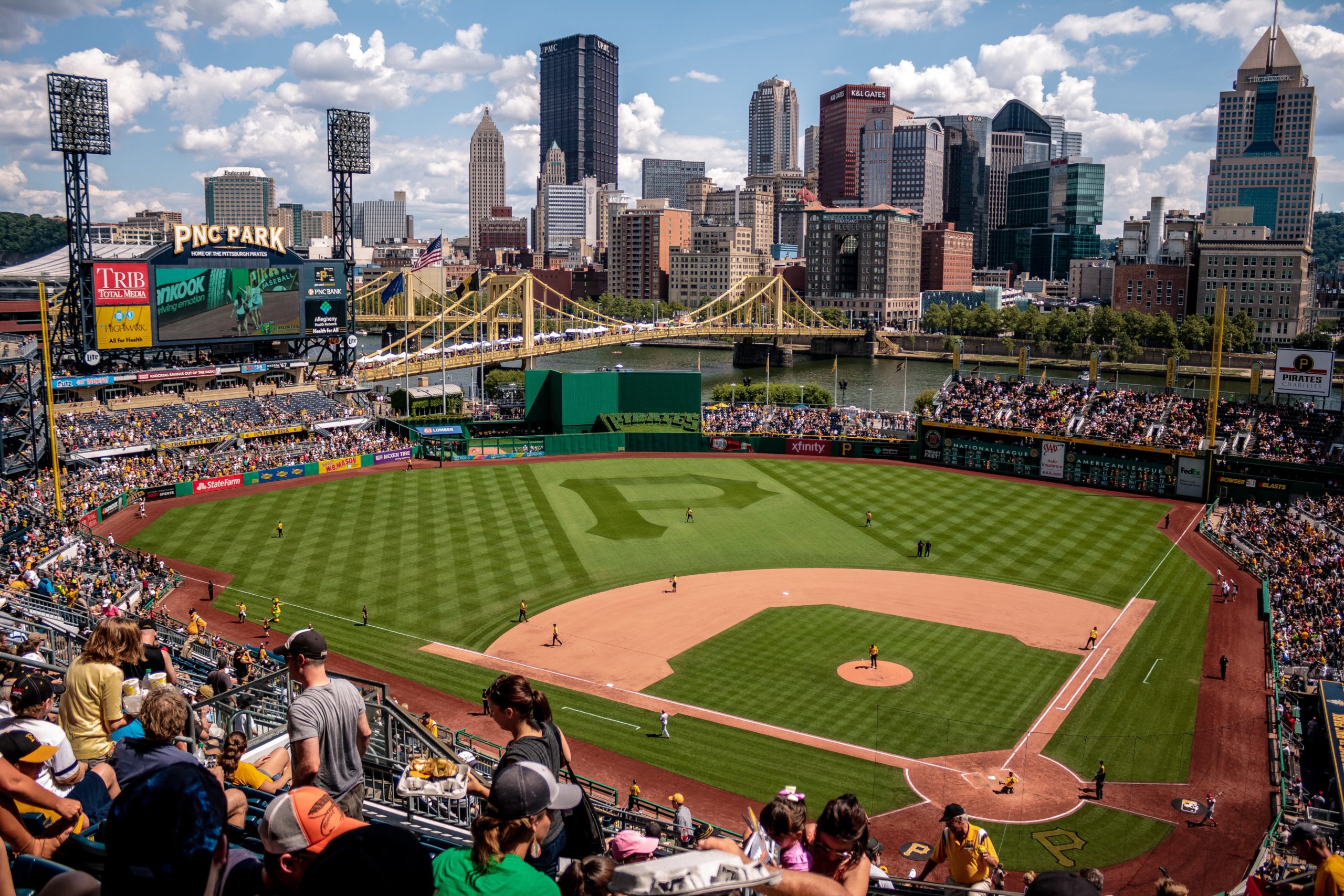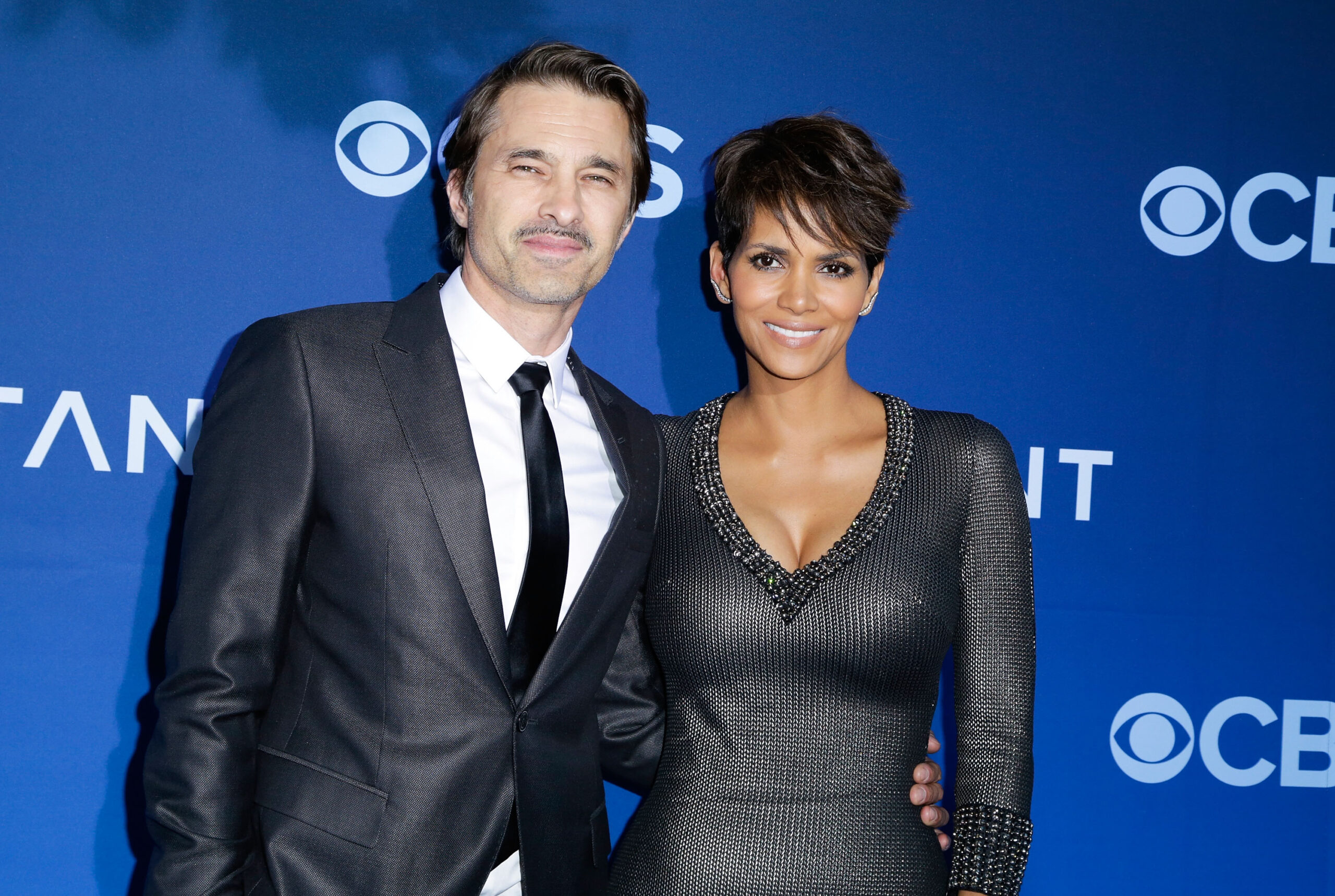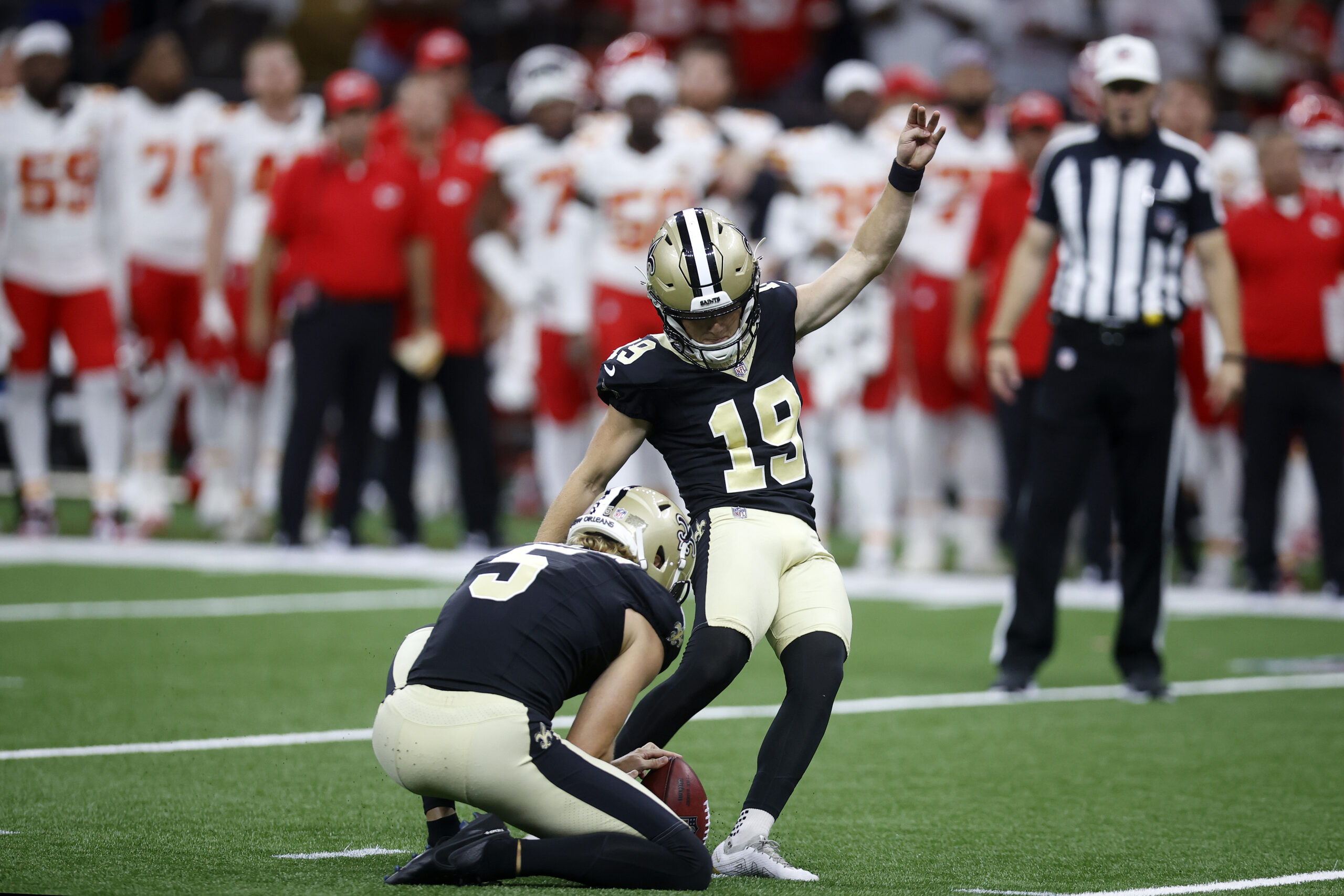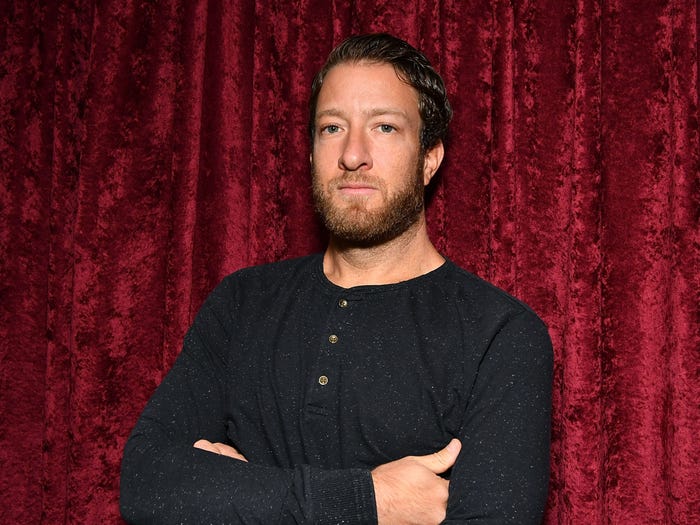Some of the key areas in collective bargaining between Major League Baseball and the Major League Baseball Players Association based on proposals through March 6, as obtained by The Associated Press. This is only a partial list of bargaining topics:
FREE AGENCY
MLB and MLBPA would keep existing system in which six seasons of major league service are required.
FREE AGENT DRAFT PICK COMPENSATION
MLB and MLBPA agree to eliminate direct amateur draft-pick compensation, which has existed since 1976 and existed for qualified free agents since 2012.
MLB proposed that a team losing a free agent would receive draft-pick compensation based on revenue-sharing status and whether a club had been over the luxury tax threshold. For a free agent who had spent the entire season with one team, there would be four compensation tiers based on:
—$35 million in guaranteed salary or $18 million average annual value (AAV)
—$55 million or $23 million AAV
—$100 million or $30 million AAV
—$150 million or $40 million AAV
SALARY ARBITRATION
MLB: Would retain current system for players with at least three years of service and less than six, plus the top 22% by service time — a group termed Super 2 — with at least two years but less than three, the cutoff since 2013. The Super 2 class began in 1991 at 17%.
MLBPA: Has indicated a willingness to maintain the status quo, subject to agreement on the minimum salary and the size of the pre-arbitration bonus pool.
PRE-ARBITRATION BONUS POOL
MLBPA: Proposed a new bonus pool for those not yet eligible for arbitration, who would split $80 million from central revenue, based on WAR, appearances on an all-MLB team and recognition such as best position player, best pitcher and best rookie. Would be split among 100 players.
MLB: Would agree to a new bonus pool, offering $30 million to be split among 100 players.
SERVICE TIME
MLB and MLBPA would credit up to a full year of major league service to players who finish first or second in Rookie of the Year voting in each league by the Baseball Writers’ Association of America. Clubs also would be eligible to receive draft picks for promoting top prospects to opening-day roster.
LUXURY TAX
Threshold was $210 million in 2021, with tax rates of 20% for first offenders, 30% for exceeding in consecutive years and 50% for exceeding in three or more consecutive years. Surcharges for exceeding $230 million and $250 million. The second threshold was $230 million last year, with tax rates of 32% for the first offender, 42% for the second and 62% for the third. The third threshold was $250 million, with tax rates of 62.5% for the first offender 75% for the second and 95% for the third.
MLB: Proposed raising threshold to $220 million in each of the next three seasons, $224 million in 2025 and $230 million in 2026. Tax rates would remain the same.
MLBPA: Proposed $238 million this year, $244 million in 2023, $250 million in 2024, $256 million in 2025 and $263 million in 2026.
AMATEUR DRAFT
Both sides would institute an NBA/NHL-style draft lottery, with MLB proposing the top five selections and MLBPA the top six selections. Non-postseason teams would be eligible. Teams receiving revenue sharing would be ineligible to participate in three consecutive years, teams paying would be ineligible in consecutive years. Ineligible teams could pick no higher than eighth.
MINIMUM SALARY
MLB: Proposed raising from $570,500 to $700,000 this year, with increases of $10,000 annually. For players assigned to the minors and signing a second or later big league contract, MLB is at $99,400 in 2022, $101,400 in 2023, $103,400 in 2024, $105,500 in 2025 and $106,600 in 2026. For those in the minors on a first big league contract, MLB is at $49,800 for 2022, with $1,000 annual increases.
MLBPA: Proposed $725,000 this year, $745,000 in 2023, $765,000 in 2024 and increases for 2025 and 2026 based on the Consumer Price Index for Urban Wage Earners. For players assigned to the minors and signing a second or later big league contract, is at $118,200 in 2022, $121,400 in 2023 and $124,700 in 2024, followed by cost-of-living increases. For those in the minors on a first big league contract, is at $59,500 in 2022, $61,100 in 2023 and $62,700 in 2024, followed by cost-of-living increases.
POSTSEASON
MLB and MLBPA: Both would expand postseason from 10 to 12 teams.
DESIGNATED HITTER
MLB has offered to accept MLBPA’s proposal to extend the designated hitter to the National League, subject to agreement on postseason expansion. The DH has been used in the American League since 1973 and was used in both leagues during the pandemic-shortened 2020 season.
AMATEUR DRAFT
MLBPA proposed cutting the amateur draft from 40 rounds to 20, which MLB accepted.
UNIFORMS ADVERTISEMENTS
MLB: Proposed adding uniform and helmet advertising patches.
MLBPA: Would agree, subject to agreement with MLBPA economic proposals.
REVENUE SHARING
MLB and MLBPA would maintain the size of the current revenue sharing plan, but with different proposed mechanisms for incentivizing clubs to grow local revenue.
INTERNATIONAL DRAFT
MLB has proposed an international draft, which MLBPA has rejected.
OPTIONAL ASSIGNMENTS
MLB agreed to MLBPA proposed limit of five optional assignments, without tie to minor league reserve minimum.
ON-FIELD RULES CHANGES
MLB: Proposed on-field rules changes could be made with 45 days’ notice by a committee comprised of six management officials, two union representatives and one umpire. Currently, management can only change rules with union consent or unilaterally with one year notice.
MLBPA: Proposed the committee include four union appointees, six management members and one umpire. The group would consider rules changes for no earlier than 2023 covering a pitch clock of 14 seconds with no baserunners and 19 seconds with runners, limiting defensive shifts and using larger bases, and it would be able to recommend changes during the offseason with 45 days’ notice. Players would not allow the committee to consider use of robot umpires to call balls and strikes.
LENGTH
Five years.
___
By RONALD BLUM
More AP MLB: https://apnews.com/hub/MLB and https://twitter.com/AP_Sports
Photo by Joshua Peacock on Unsplash
